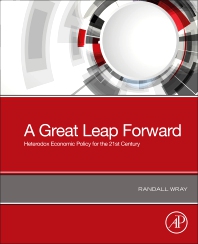
Publications
The Impact of Geography and Natural Resource Abundance on Growth in Central Asia
This paper examines the growth experience of the Central Asian economies after the breakup of the Soviet Union. In particular, it evaluates the impact of being landlocked and resource rich. The main conclusions are: (1) Over the period 1994–2006, the landlocked resource-scarce developing countries of Central Asia grew at a slower pace than other landlocked resource-scarce developing countries; on the other hand, resource-rich developing countries in Central Asia grew at the same pace as other resource-rich developing economies. (2) Having “good” neighbors pays off in the form of growth spillovers; this calls for greater regional cooperation and enhanced regional integration through regional transport infrastructure, improved trade facilitation, and enhanced and coordinated economic policies. And (3) countries with a higher share of manufacturing exports in GDP grow faster, and the more sophisticated a country’s export basket, the higher its future growth; Central Asian countries should, therefore, take a more aggressive stance in supporting export diversification and upgrading.

